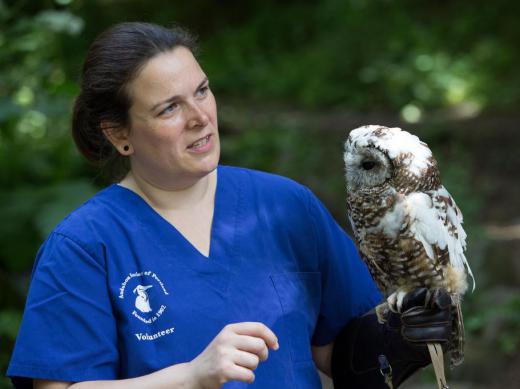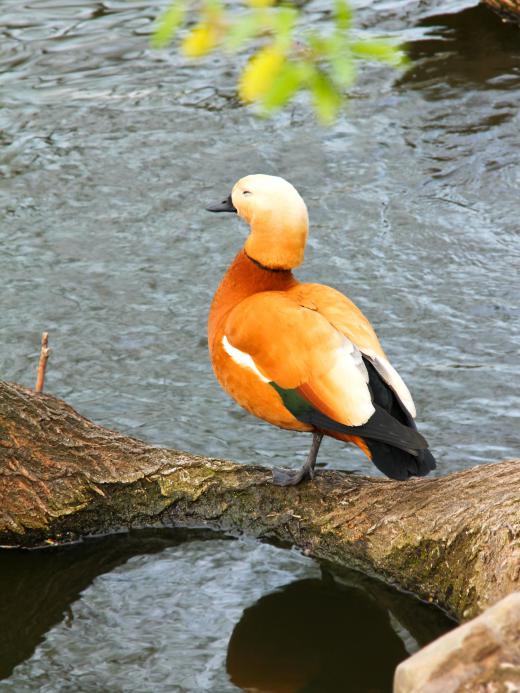What is Citizen Science?
 Mary McMahon
Mary McMahon
The term “citizen science” is used to refer to scientific projects which harness laypeople as volunteers. Citizen science gets people involved with and interested in science and the natural world, and it also helps scientists immensely, allowing them to embark on studies of very large scope and generating a great deal of data to work with. A number of organizations sponsor ongoing or annual citizen science projects like the Christmas Bird Count of the Audubon Society, and information about these projects is usually readily available on their websites and in their offices, for people who are interested.
The idea of enlisting laypeople in scientific research is quite sound, from a number of vantage points. For researchers, citizen science can vastly expand the scope of a study without being costly. For example, a bird survey using volunteers can cover the entirety of North America in a few weeks when it is well organized, at the cost of coordinating organizers and distributing the materials they need. Paying scientists to perform the same survey would be very costly, and it would make the study harder to do, as the number of people in the field would be limited.

For citizens, citizen science can be fun and sometimes quite interesting. Many volunteers participate in citizen science because they are interested and enthusiastic about the environment, and they like the idea of being able to assist with scientific research. Citizen science also gives them an opportunity to network with other volunteers and scientists in the field. Annual bird surveys, for example, can attract people of all ages who enjoy getting out for a few hours and taking notes on what they see.

In addition to involving fieldwork, citizen science can also take place closer to home. Many universities, for example, have bud and leaf monitoring programs which invite local gardeners to submit data from their gardens, and backyard birders and wildlife watchers can also contribute data from their observations to citizen science projects. Inside the home, distributed computing is a form of citizen science which utilizes computer idle time to process information, using thousands of computers scattered across the world.
If you are interested in contributing to a citizen science project, you should start by identifying a topic of interest to you. If, for example, you find native plants interesting, contact your local native plant society and ask if you can take part in a survey or identification session. You can also choose to explore something entirely new by contacting a nature organization such as the Audubon Society or the Nature Conservancy and offering your help as a citizen scientist.
AS FEATURED ON:
AS FEATURED ON:












Discuss this Article
Post your comments